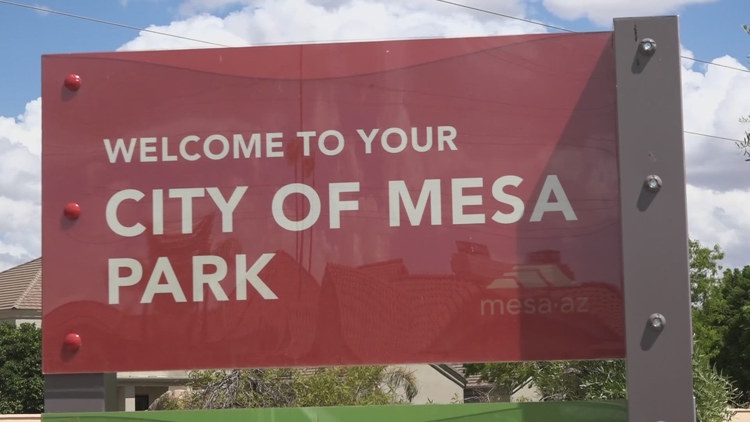
The City of Mesa’s Innovative Water Conservation Efforts
In a groundbreaking move aimed at conserving water, the City of Mesa has begun the process of removing non-functional turf from parks and retention basins. This initiative, which commenced on Monday, involves the removal of grass from numerous locations across the city.
The City of Mesa plans to eliminate approximately five acres of turf from 54 parks and retention basins that are deemed “non-functional,” indicating that the areas are not utilized for recreational purposes. By implementing this program, Mesa anticipates saving over 5 million gallons of Colorado River water annually, equivalent to about 15 football fields covered in a foot of water.
Andrea Moore, the director of the Mesa Parks, Recreation and Community Facilities Department, stated, “Just by taking out these small strips where we know people aren’t playing anyway, we’re able to save the water and focus our irrigation down where people enjoy it the most.”
With the assistance of a grant from the Water Infrastructure Finance Authority of Arizona, the city is able to finance the removal of turf and its replacement with granite surrounded by curbing. Moore emphasized the significance of this partnership in maximizing water savings and optimizing budget allocation.
Notably, the neighboring city of Chandler is also set to initiate a similar project to remove non-functional turf from various sites and transition them into xeriscape landscapes. As part of this endeavor, Chandler is assessing design proposals and engaging in stakeholder consultations to determine the best course of action.
While the completion of all 54 sites across Mesa is expected to take a couple of years, the community will still have access to the remaining grassy areas for recreational purposes. Furthermore, Mesa is enhancing its irrigation systems to ensure greater efficiency and sustainability.
Moore highlighted the importance of water conservation efforts, stating, “Being smart with water, conserving water, absolutely, we need to be an example for the community to understand this is a good way to take care of our natural resources.”




